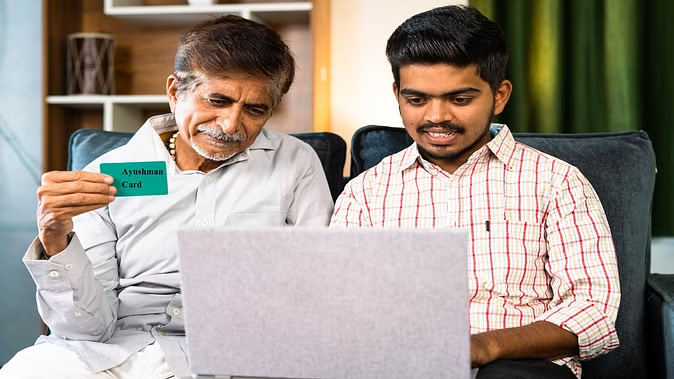
These guidelines are important for offline Aadhaar verification
The Aadhaar card is the identity of Indians. Along with this, it is used in many important works. In such a situation, it should be updated. If you want to go offline for Aadhaar verification, then you have to keep these guidelines in mind.
UIDAI gives information about the necessary updates in it from time to time and motivates us for this. This is because the Aadhaar card is a necessary document for the citizens of India, if you are a resident of India then it is mandatory to have an Aadhaar card. The UIDAI organization of the government takes full care that everyone has an Aadhaar. The institute gives you many facilities offline and online to update the changes happening in the Aadhaar card. In continuation of this series, UIDAI has introduced some guidelines for offline verification organizations, let us know about them.

UIDAI issued guidelines for OVSEs
The Unique Identification Authority of India (UIDAI) has released a set of guidelines for Offline Verification Entities (OVSEs), which address several useful hygiene issues and better security mechanisms at the user end.
Offline verification uses Aadhaar to localize verification and KYC processes without linking to UIDAI's central identity data repository. Explain that the organizations that do offline verification of the Aadhaar number holder are called OVSEs.
Here are the guidelines

- Institutions have been informed to verify Aadhaar after the consent of the Aadhaar number holder.
- These entities will have to be courteous to the residents and assure them about the security and confidentiality of their Aadhaar while conducting offline verification.
- The entities shall maintain a log/record of the explicit consent obtained from the residents for any future audit by UIDAI or any other statutory agency.
- UIDAI has enabled OVSEs to accept Aadhaar in physical or electronic form as proof of identity instead of through the QR code present on all the four forms of Aadhaar (Aadhaar letter, e-Aadhaar, m-Aadhaar, and Aadhaar PVC card). has to be verified.
- Entities have been urged to ensure that no resident is denied any service for refusing or being unable to verify offline of Aadhaar, provided the resident can identify himself/herself through other viable options Ho.
- UIDAI has informed OVSE that Verification Entities are generally not to collect, use or store the Aadhaar number of a resident after offline verification of the Aadhaar.
- After verification, if OVSE finds it necessary to store a copy of the Aadhaar for any reason, OVSE must ensure that the Aadhaar number is masked.
Aadhaar verification
Any Aadhaar can be verified using the mAadhaar app, or the QR code available on all forms of Aadhaar (Aadhaar letter, e-Aadhaar, Aadhaar PVC card, and m-Aadhaar) using the Aadhaar QR code scanner. Tampering with Aadhaar documents can be detected by offline verification, which is a punishable offense. One who does so is liable to punishment under section 35 of the Aadhaar Act. If OVSE notices any misuse of information, they have to inform UIDAI and the user about the problem within 72 hours.










